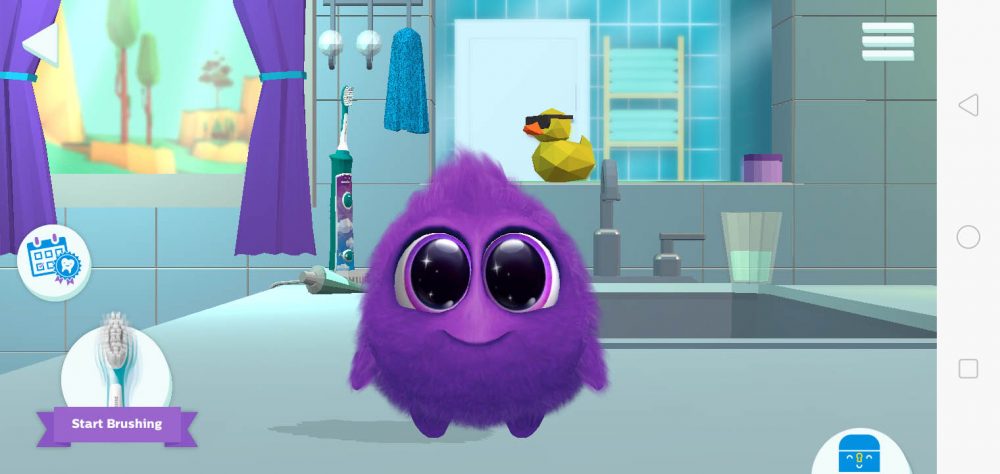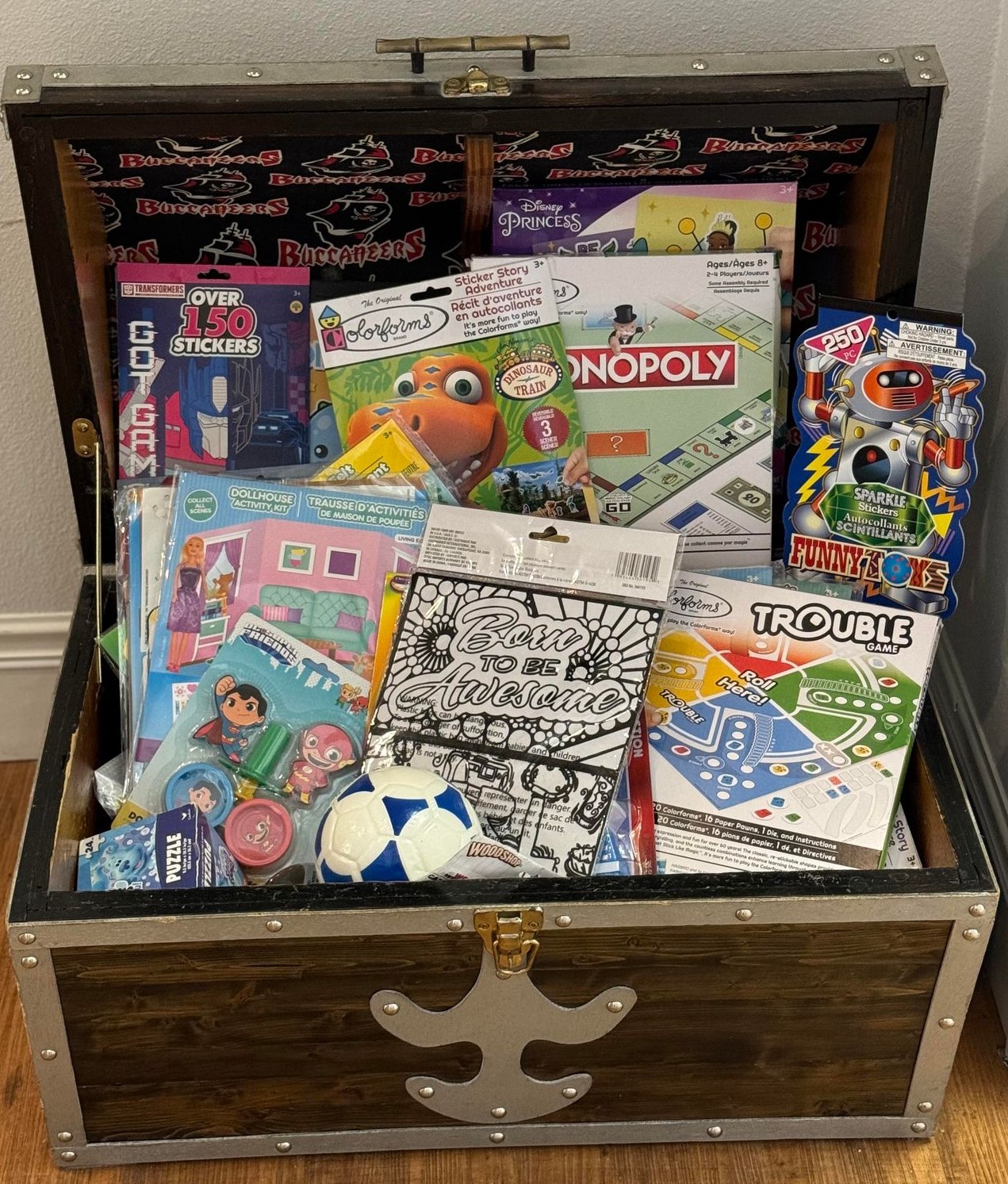There are few things in the world cuter than a baby’s smile with those first teeth poking out. But the appearance of baby teeth can also lead to lots of questions.
It can be overwhelming to feel uncertain about the do’s and don’t of baby teeth care.
That’s why we put together this comprehensive guide to baby teeth! You’ll find pretty much everything you need to know to maintain your child’s oral health from their first tooth through the tween years.
Let’s dive in!

Why Do Baby Teeth Matter?
Many parents wonder whether baby teeth are worth worrying about. Especially if they need expensive treatments. They’re going to fall out anyway, so do they really matter that much?
In short, yes! Baby teeth are a vital part of a child’s health and development.
Here are a few reasons baby teeth are worth protecting.
- Baby teeth affect the bones of the face as they grow. As the jaw and facial muscles grow and develop, the baby teeth provide stability and guide the shape of the growing bones, which can affect everything from the shape of a person’s face to the health of their breathing.
- The facial muscles depend on baby teeth for healthy development. A full set of healthy baby teeth also helps the muscles of the lips, tongue, cheeks, jaw, and airway to develop appropriately.
- Baby teeth guide permanent teeth. Losing baby teeth too early can lead to crowded, misaligned, and even damaged permanent teeth.
- Many developmental milestones depend on healthy teeth. Eating a full variety of solid foods, learning to speak, and even sleep health can depend on good oral health.
- Cavities in baby teeth can become a serious problem, fast. Without a good care routine at home or regular dental visits, decayed baby teeth can lead to difficulty in school, chronic pain, and serious infections.
As you can see, the decisions you make about a child’s baby teeth can affect their life permanently. If you’re a parent or guardian to kids, it’s important to know what to expect when baby teeth come in, how to care for them, and when they should fall out.
Baby Teeth Order: When Should Baby Teeth Come In?
Before we get into the nitty-gritty about what to do with baby teeth, let’s figure out when we should expect them!
This quick and easy baby teeth chart will give you a good idea of when primary teeth usually come in.

It’s important to remember that these ages are averages. Each child’s teeth are on a different timeline, so there’s a lot of wiggle room when it comes to “normal” tooth eruption patterns.
If you’re worried about whether your baby’s teeth are coming in too early or too late, you can always talk to our team at LBD as your regular family dentist in Baldwin Park, FL!
So now we know when baby teeth should come in. What about when they should fall out?
Adult Teeth Order: When Should Baby Teeth Fall Out?
Sad thing about baby teeth, no matter how much love you give them they’re bound to leave eventually. But isn’t that parenting in general?
Here is an adult tooth chart that will give you an idea when to tell the tooth fairy to hit the ATM.

Notice that the first permanent tooth will come in behind the last baby tooth, which means your child will probably grow 4 permanent teeth before they ever lose a baby tooth!
Just like baby teeth, there’s a lot of variation about when adult teeth should come in.
We’ll do a future post dedicated to what to do about loose teeth and how to help a child who is uncomfortable with losing their teeth.
It’s important to note that if a baby tooth falls out but no permanent tooth appears within six months, you should contact your child’s dentist!
How Do I Take Care of My Baby’s Teeth and Gums?
If your baby doesn’t have any teeth yet, you’re off the hook when it comes to brushing, right?
Yes and no.
Although young babies don’t technically need regular oral care, establishing the routine as early as possible can set you up for a much easier time when they’re older and more independent.
For babies as young as 3 months, you can use a very soft, damp cloth to gently wipe their gums and the insides of their cheeks once or twice each day. This does a few things.
First, it will remove any residue from milk or formula. Second, it gets them accustomed to you working in their mouth. Finally, it gives you a chance to feel for any swelling or hard spots that may develop when teeth are about to come in.
Quick Guide to Teething
Teething. The word alone is enough to make new parents nervous. And as you can see from our baby teeth chart, it’s relentless for the first year or so.
Here are a few key things you should know.
- The gums might get swollen before the tooth pops through. A cyst might even form. It’s no reason to worry in most cases. Call your dentist if it looks infected (you see pus or the baby develops other symptoms like a fever), bleeds, or becomes extremely painful, or if you’re just worried. We’re here for you!
- Many babies develop a low-grade fever and/or diarrhea that coincides with teething. This usually has a lot to do with them putting more things in their mouth and being exposed to more germs. Call a doctor if it lasts more than 3 days or the fever gets higher than 101°
- NEVER USE NUMBING GELS OR CREAMS for babies (unless your pediatrician has recommended a specific one and is closely monitoring your child). Especially if they have the ingredient benzocaine, which can cause serious complications and even death.
Teething Symptoms and What to Do About Them
Some babies hardly seem to notice new teeth coming in. But for most, teething is very uncomfortable and will show it.
Symptoms of teething include:
- Irritability: Pain can be confusing and upsetting for babies. They may become irritable, cranky, or clingy. Ask your pediatrician if over-the-counter pain medication is appropriate for your baby.
Give them extra cuddles if they need it and remember they’re not giving you a hard time, they’re having a hard time. If you’re struggling with thoughts of shaking or harming your baby to get them to stop crying, set them down in a safe place like their crib, leave the room, and take a break. Call a loved one or mental health professional if you need to! - Trouble sleeping: Babies may have a harder time falling asleep or staying asleep during this time. They may need more contact naps or support overnight. As with an irritable baby that’s crying more than usual, this can be stressful for parents, so reach out for support and take breaks if you need to.

- Drooling: Teething can stimulate extra saliva, which can lead to lots of drool, which in turn can lead to rashes around the mouth and in the creases of the neck. Cloth bibs and scarves made for babies can help keep things dry. You can also apply a healing ointment like Aquaphor to clean, dry skin as a barrier.
- Chewing on hands, fingers, or objects: Babies may start chewing more than usual to relieve the pressure in their gums. Try to provide clean teething rings or toys made for teething. The classic banana brush is a favorite for many babies.
- Sore and swollen gums: Cold is your best friend here. Some teething toys can be put in the fridge, and massaging the gums with a cold, damp cloth or clean fingers can help a lot. Cold, soft foods like yogurt, applesauce, and mashed sweet potato can help older babies who have started solids.
If you think your baby’s reaction to the discomfort of teething is extreme or abnormal, call your pediatrician to check that nothing else is going on.
Nighttime Feedings: How to Prevent Baby Bottle Tooth Decay
In the early months, and sometimes throughout the first year, babies will need nighttime feedings. These should slowly decrease in number as your baby ages and their sleep pattern (hopefully) normalizes.
Never put your baby to bed with a bottle of anything but plain water.
It can be tempting to let older babies soothe themselves with a bottle of milk or formula overnight so you can get some much-needed sleep. But the constant exposure to sugars at night can lead to rampant decay called baby bottle tooth decay or baby bottle rot.
If your baby needs nighttime feedings after their teeth have started coming in, try to give them a sip of water to rinse out afterward before putting them down again. It’s best to discontinue nighttime feedings by 1 year old.
If that hasn’t been possible for your baby, talk to a professional.
When Should My Baby Have Their First Dental Visit?
It depends! Most pediatric dentists recommend a first visit as soon as a first tooth comes in. But this can be overwhelming for some babies.
At Lake Baldwin Dental, we’re proud to offer a welcoming, compassionate team who can help your toddler enjoy a successful first trip to the dentist around age 3.
Caring for Baby Teeth: The Toddler Years
This is when things start to get tricky.
Once those baby teeth start coming in, it’s time to step up the oral care game. Of course, that’s also right around the time toddlerhood hits and they’re not so easy to work with. This is where that early work might pay off. (Not a guarantee, but hopefully.)
Stick to a Predictable Routine
Just like the rest of your daily routine, knowing what to expect and when can help reduce resistance for tasks like tooth brushing… sometimes.

Try to Make It Playful
“Is that a monkey in your mouth?? Let me see!” It’s not fool-proof, but sometimes playing games, being silly, and keeping things light can make tooth care less of a struggle.
Give Them Breaks
Part of what leads to toothbrush struggles is the feeling of being overwhelmed and having control taken away.
Whenever possible, show your child that you’ll let them take breaks every few teeth so they can swallow (yes, it’s okay to swallow a little toothpaste; more on that in a second), take a breath, and brace themselves.
Give Them the Opportunity to Make Decisions
Does your child want to skip to the sink or bunny-hop? Do they want the red toothbrush or the green? Do they want bubblegum toothpaste or strawberry?
Just like being able to take breaks, making choices can help.
Remember That Perfect Is the Enemy of Good
Let’s face it: toddlers are tough. Sometimes that nightly struggle with the toothbrush just doesn’t feel worth it.
Best Products to Care for Toddler Teeth
Having the right equipment can make this whole process a lot easier. Here are our recommendations.

- An electric toothbrush. Children as young as 3 can start using a children’s Sonicare. The vibration will make your brushing routine much more effective, and for many kids it’s more comfortable, too.
Even better, it comes with an app that gamifies brushing, giving young kids the motivation to stick to good habits. - Floss picks or a water flosser. Yes, you should ideally floss even young children’s teeth. Partially, this is just to get them into the habit.
Most baby teeth have gaps between them, which may seem like flossing is unnecessary. But those gaps also lead to lots of stuck food, which can lead to cavities, so gently cleaning between the teeth is just as important for little smiles as for adults! - Toothpaste with fluoride or xylitol. In the past, conventional wisdom was to avoid fluoride toothpaste until a child could dependably spit the foam out every time.
Although swallowing too much toothpaste can lead to an upset stomach, we now know that swallowing a small amount (even daily) won’t do any harm. Current guidelines from the American Academy of Pediatric Dentistry are to use a tiny smear of toothpaste (about the size of a grain of rice) twice daily right from the appearance of baby’s first tooth.
But if you’re not comfortable with that, look for a fluoride-free option that has xylitol. Xylitol is a naturally occurring sugar that can neutralize acid in the mouth and helps to prevent cavities.
Hopefully now you feel ready to tackle toddler tooth care. If you still have any questions or doubts, always feel free to ask our team at Lake Baldwin Dental!
How Can I Keep My Young Child’s Teeth Healthy?
Okay, you’ve made it through the toddler years. Phew!
How can we keep those healthy habits going through early childhood and into tweendom?
Keep Helping Your Child Brush and Floss!
Once children get old enough to do it on their own, it’s very tempting to just leave them to it. Unfortunately, kids don’t have the fine motor skills to do an adequate job until they’re about 8 to 10 years old.
So until then, it’s best to keep helping them. But it’s also important to let them get enough practice doing it on their own, too!
A good routine might include letting them brush their own teeth and then following up with a “double-check” afterward. Or, they can brush independently in the morning and you can do it for them before bed.
Flossing Is Essential
As the permanent teeth start to come in, the baby teeth will get pushed around and might become more crowded, making flossing more of a necessity.
It’s also vital to floss those brand-new permanent teeth daily right from the beginning. They won’t get any more second chances!

Beware Bad Habits
Ideally, pacifiers and thumb-sucking should be out of the picture by age 3 at the latest. But many kids disagree with that plan, which can lead to problems with the positioning of their teeth and shape of the hard palate.
Keep an eye on our blog for a future post all about pacifiers and thumb sucking.
If you’re struggling to get your little one to cope without it, talk to us! We can help you find a strategy that works for our family.
Around this age, many kids develop habits like seeking out high-sugar foods, sipping on sports drinks, or chewing on objects like pencils or pen caps.
If you notice a bad habit that could damage your child’s teeth, talk to your family dentist in Orlando, FL!
How Our Team Can Help You Protect the Smiles You Love Most

At Lake Baldwin Dental, we understand how vital it is to create positive oral care experiences that will set a child up for lifelong smile success.
We love seeing our littlest patients for regular check-ups, baby teeth x-rays, and fillings for baby teeth if necessary. We’re equipped to help children feel relaxed and comfortable through every procedure. Plus, our treasure chest can be very motivating!
But we also understand that the dental office can be overwhelming for some kids. We have close relationships with several pediatric dentists in Orlando, FL if your child would do better with a specialist.
Because at the end of the day, it’s all about giving your child’s smile the best possible care, whatever it takes!

